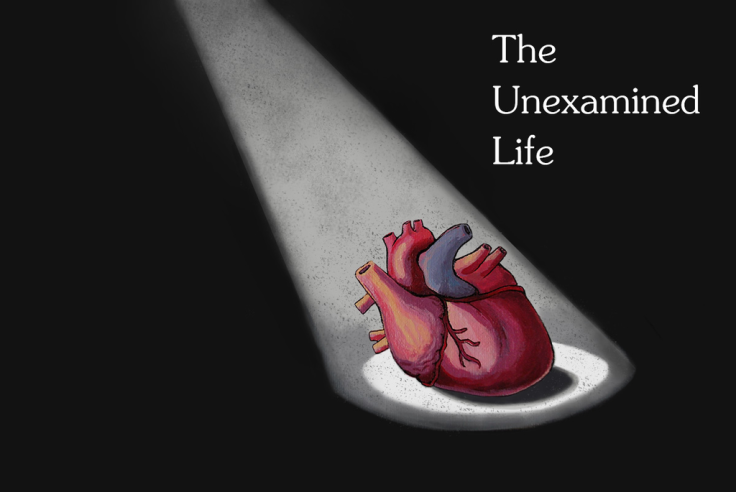What Are Toxins?

Any diet regimen or exercise routine worth its salt will highlight the copious amount of toxins your body will release in the process. If you don’t burn them off, you’ll sweat them out. Failing that, the toxins will continue to float mysteriously inside your bloodstream, doing who knows what to your organs and bodily functions.
All that language is really vague, of course. Without any context, toxins just sound bad — because in most cases they are. But the toxins that science is used to dealing with are ones that enter your body, not leave them. These are things like snake venom, varieties of poison, and other disease-causing agents that derive from plants and animals. The toxins your favorite celebrity health expert is talking about seem to come from food, but what exactly makes something a toxin, and why that matters for your overall health, has remained as elusive as ever.
689 And Counting
The words are as familiar as they are misunderstood. People “cleanse” their bodies by going on a “detox diet” to “purify” their systems. But is there actual science behind the buzzwords? Dr. Don Smith, a professor at UC Santa Cruz whose research focuses on how organisms respond to toxins, says the premise of popular health messages may actually be sound.
“To the extent that eating well is facilitating the reduction of uptake of the toxins, that’s well known,” Smith told Medical Daily. People whose diets lack iron or calcium, for example, face a greater risk for lead toxicity if they live in an area where lead exposure is common.
In this sense, Smith defines toxins more in line with biology’s traditional understanding: Toxins are harmful agents found in the environment. The list contains hundreds of names — 689 to be exact — most popular among them being the mercury we find in fish, the azodicarbonamide we find in yoga mats and (until recently) Subway sandwich bread, and bisphenol A, or BPA, the highly controversial compound found in consumer plastics. We remove them from our bodies depending on things like iron levels and calcium levels, and, unlike the optimistic personal trainer’s advice, beads of sweat aren’t their ticket out — rather, the urine and feces we expel each day.
So, yes, the toxins that leave your body through healthy living are the same ones that go in, via trace amounts found in your food, water, and air. “Those things are quite clear,” Smith said. But “the idea that wrapping yourself in a plastic bag and doing things to facilitate excessive sweating, to essentially eliminate things through your sweat — the evidence that I’m aware of showing the benefit of that, as opposed to the normal elimination pathways, does not exist.”
Losing weight may happen while you’re huffing and puffing, but toxin removal only comes through flushing your body’s system. Hot yoga, spin classes, and jazzercise will no doubt make you sweaty. But the mercury and BPA will still be there.

The Dose Makes The Poison
A better question, however, may be whether their presence is necessarily harmful. In practical terms, Smith’s application seems satisfying. After all, the definition he gives provides a narrow collection (albeit 689 examples-long) of inherently toxic substances. But another school of thought doesn’t see the distinction as serving much use.
“To be frank, I don't think ‘toxin’ means anything,” said Professor Tom Brenna, who studies biomedicine and nutrition at Cornell University’s College of Human Ecology. “It's one of those words that seems like it means something but in actuality means nothing. I don't know what toxins people would sweat out, and I really don't know what a detox diet is.”
In biology, Brenna says, the popular phrase here is “the dose makes the poison.” In other words, the lead in lead paint is obviously toxic, as are spoonfuls of arsenic and a garage filled to the brim with carbon monoxide. But so are a couple gallons of water if you drink them fast enough. Likewise, one atom of plutonium will yield no such fatal effects. By Brenna’s measure, toxicity can only be defined by the level at which it’s found in the body, not the type of substance you’re looking at.
“In this case,” Brenna wrote to Medical Daily in an email, “poison = toxin.”
By Brenna’s logic, if trace amounts of mercury and BPA show up in your body but don’t make you visibly sicker, to what extent can we still call them toxins? Their effects weren’t toxic. If someone in worse health encountered them, however, the result may be different and the definition would change.
Smoothies Work, Eventually
In this sense, what constitutes a toxin is largely a matter of philosophical preference. Which aspect of the science makes the most sense to you? Substances can be defined as toxic depending on the dose at which you ingest them, but also by the substances that appear most often and in the most frequent concentrations. In most cases, science tends to side with Smith. For the purpose of evaluating and regulating the pollutants in our food and water, governments need to establish some permanence. Mushy, relativistic definitions of toxicity, depending on unlikely contexts, don’t keep people safe like hardline rules, even if sometimes they miss the mark.
Ultimately, if the dilemma strikes you as an unnecessary matter of taste, play it safe. Eat healthy and get sweaty every now and then. Chances are you won’t have to worry what a toxin is, because they won’t be a relevant force in your life. Just know that when you’re keeled over after a long workout, don’t expect the benefits to be soaking through your shirt. Those come much later, after the smoothie has run its course.
Published by Medicaldaily.com



























